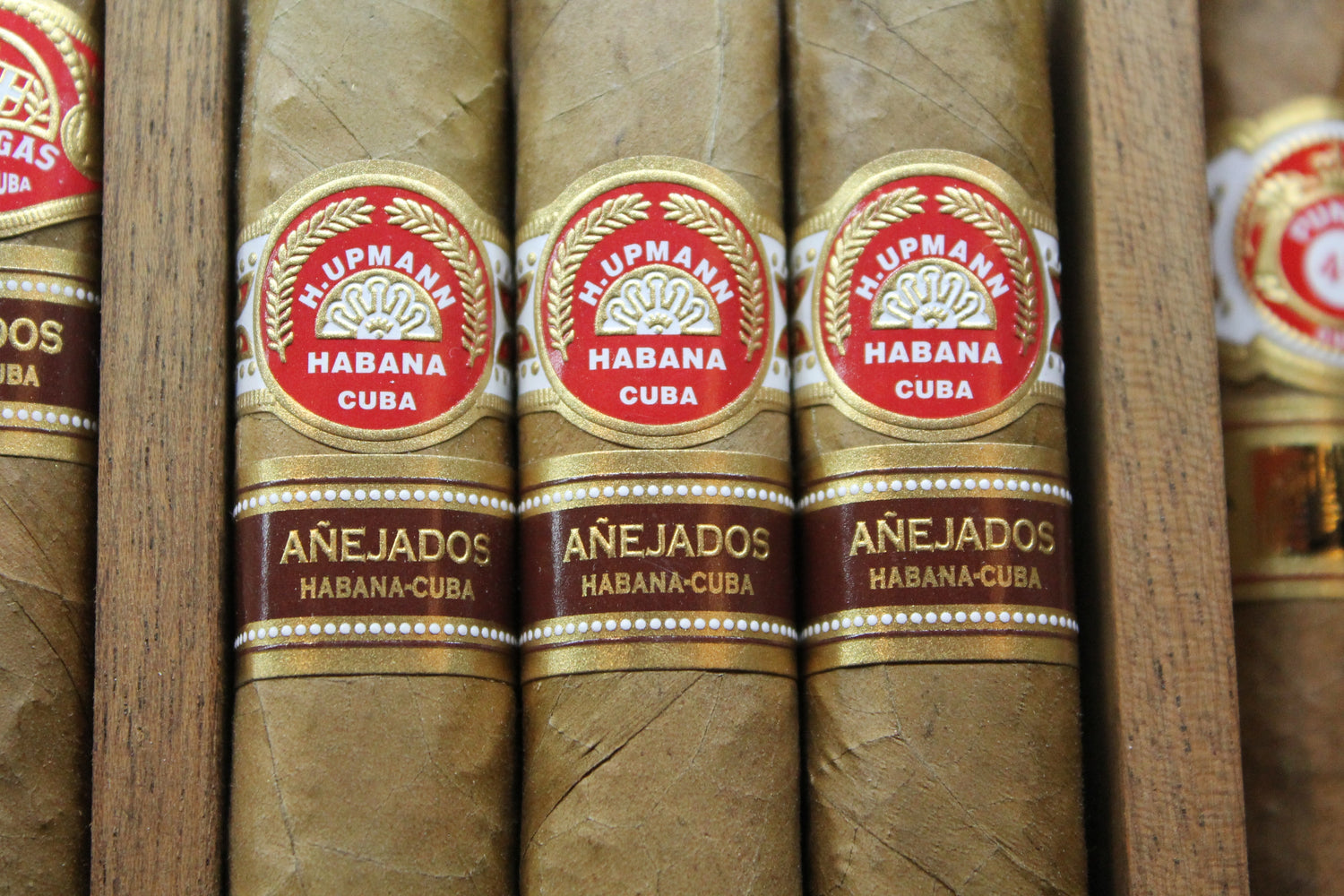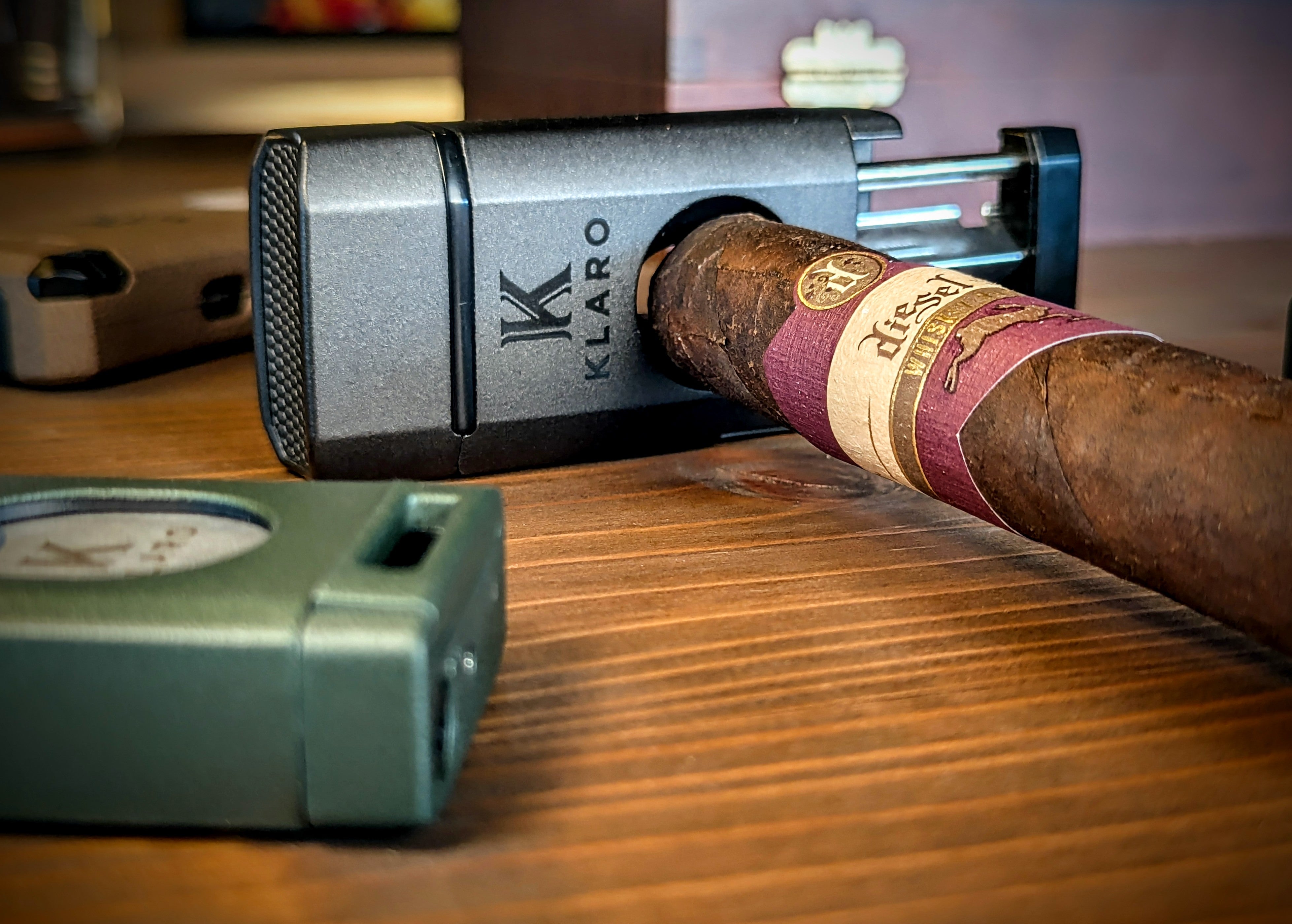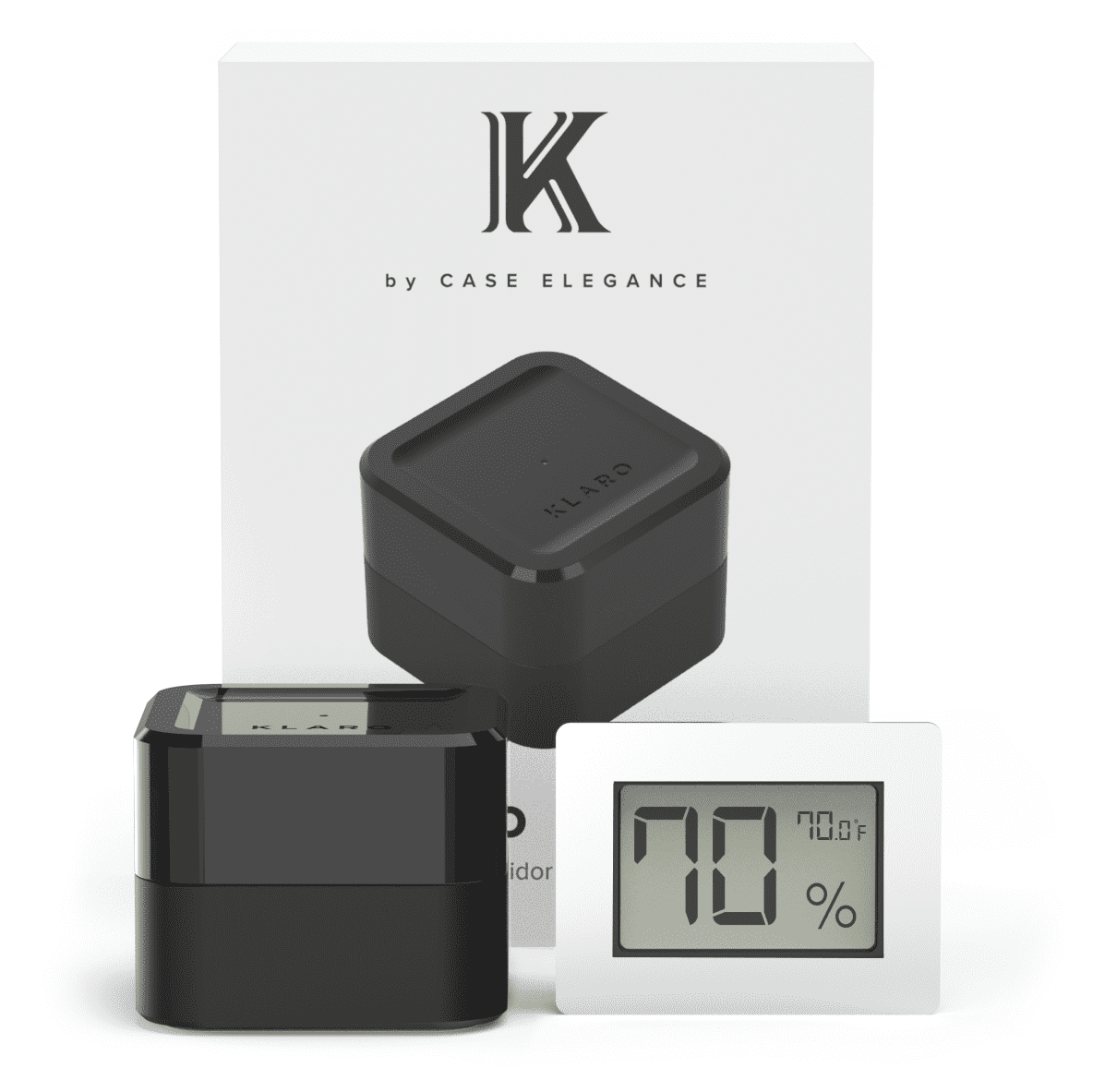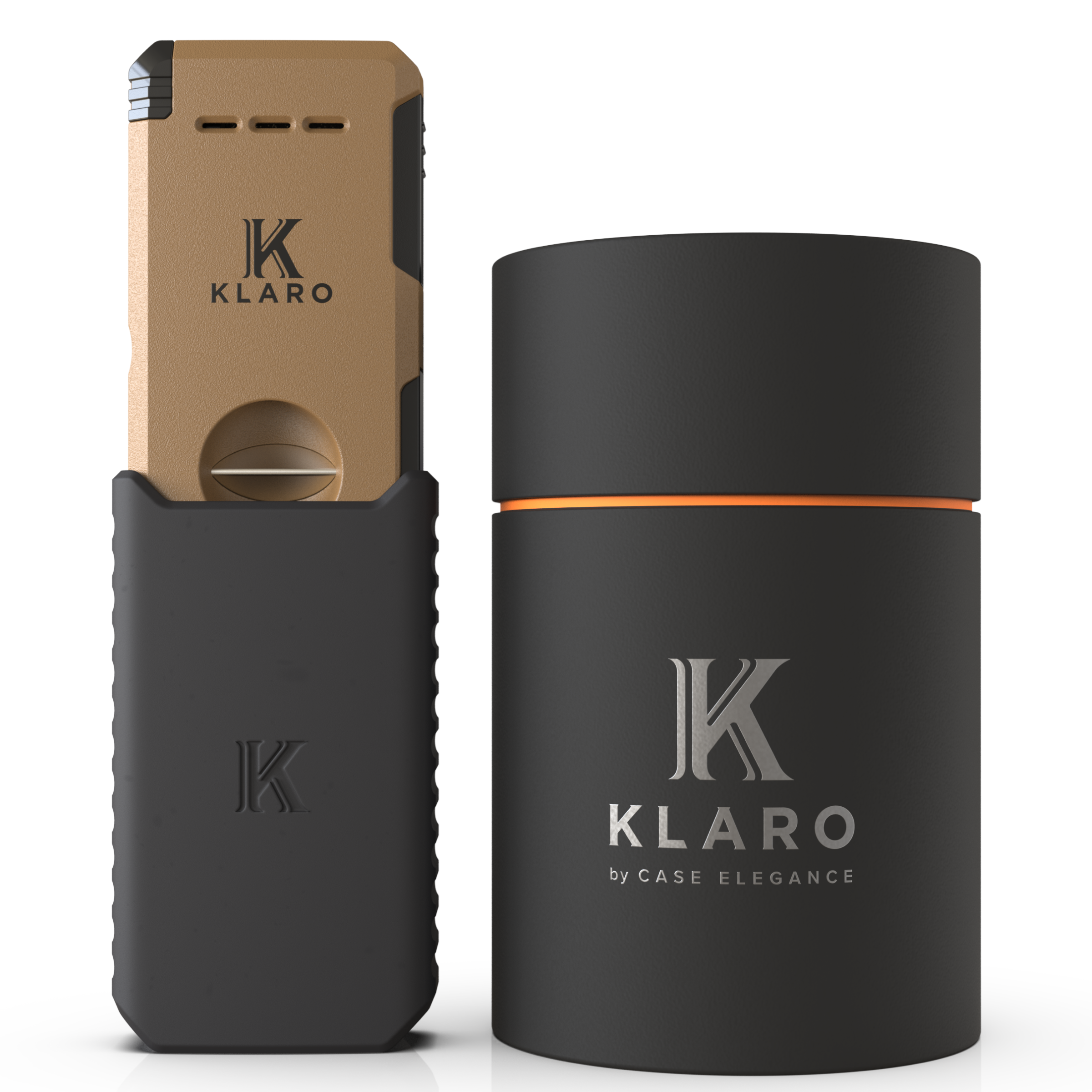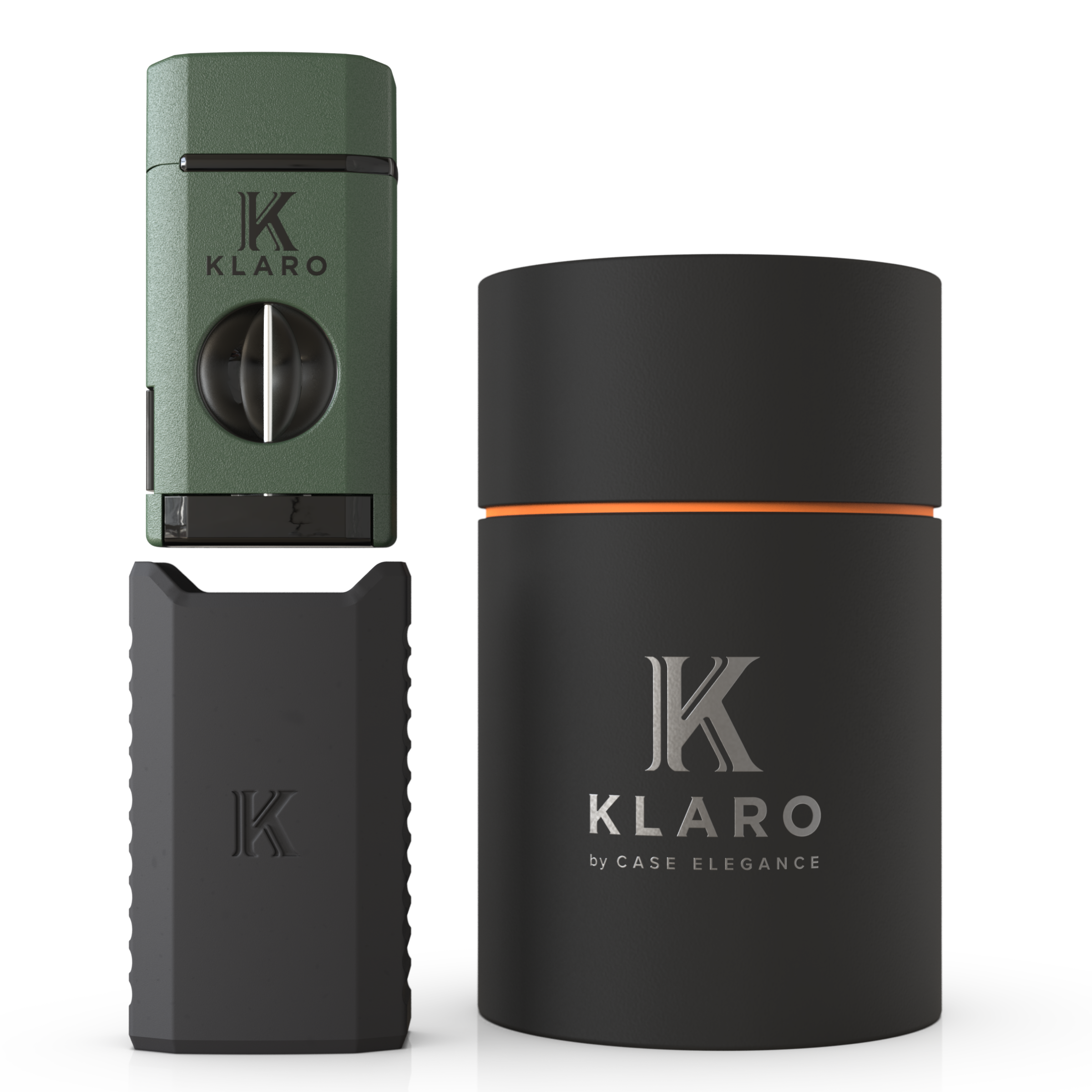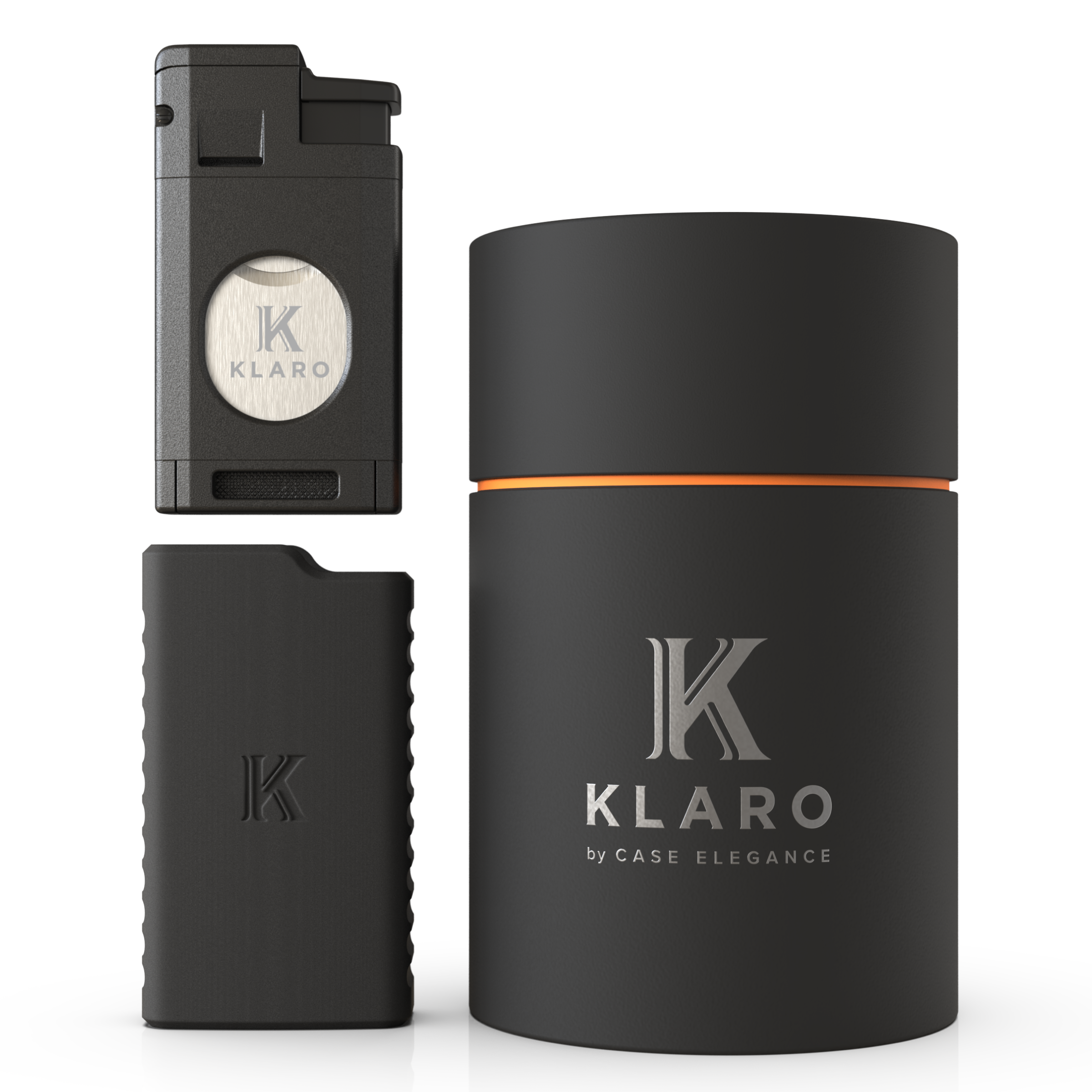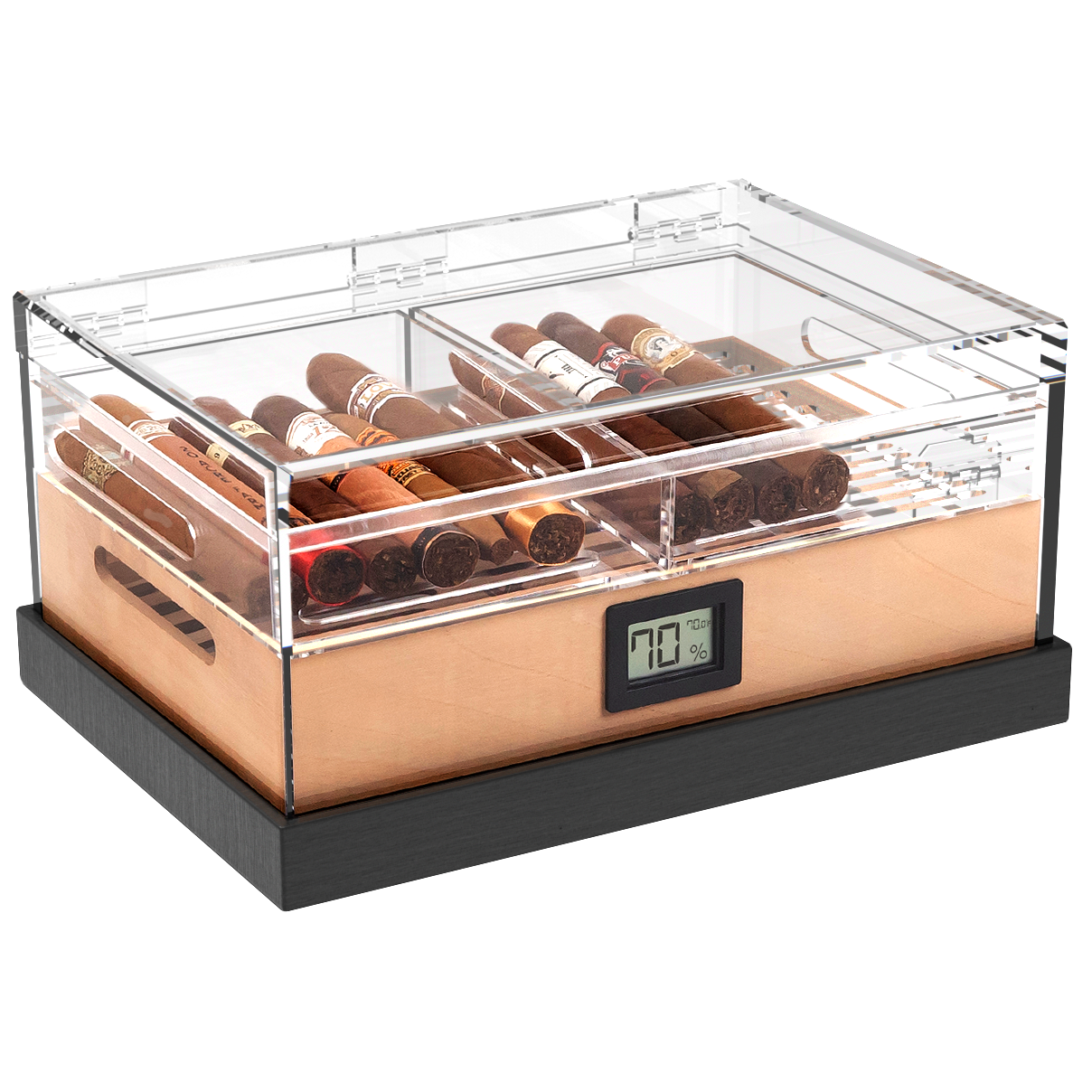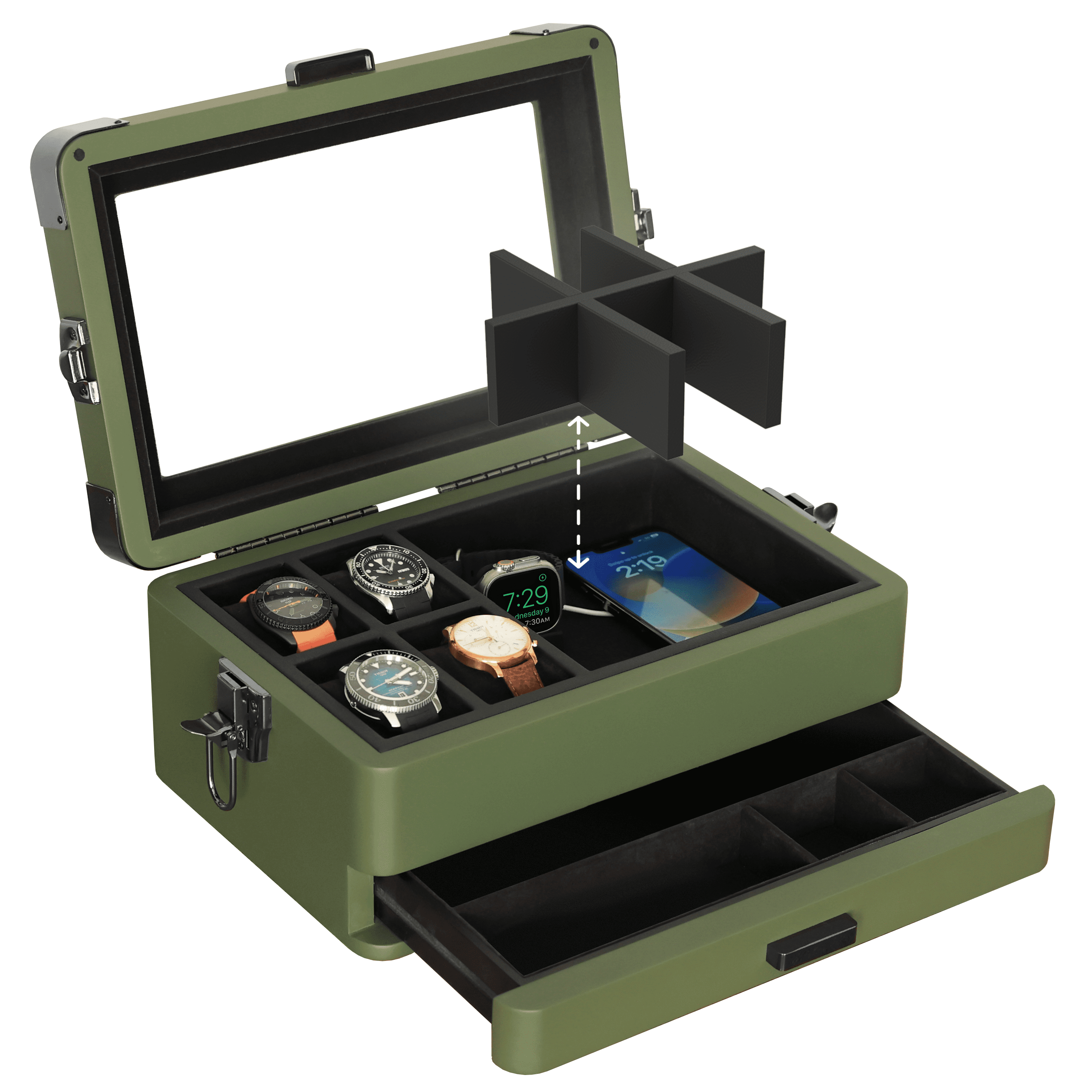Humidors are an important tool for any cigar enthusiast, and some would argue owning one is a requirement, not a recommendation. A humidor allows us to invest in a collection of high quality cigars without risking their deterioration due to a poor environment.
We tend to take a lot for granted when it comes to how certain products work—and a humidor box is no different. How does a humidor work, anyway? We know that humidors help regulate the humidity during cigar storage to prevent cigars from becoming too dry—which could degrade the tobacco’s dexterity—or from becoming too moist, which can cause mold. But how exactly they do that is a bigger question. Today we explore that topic and more.
How Do Humidors Work?
Humidors create and maintain the ideal humidity levels to store cigars. To do this, they respond to varying internal and external factors. Whether you open the box, add cigars, or the weather and humidity outside changes, the humidor has to return to that ideal humidity level.
So how do they do it? Here we’ll talk about the individual parts that make up a humidor, how they affect the process, and how they work together to create an ideal humidity conditions for your cigars to store in. By better understanding how humidors work, you can be a more responsible humidor and cigar owner, ensuring you never risk a ruined cigar because your humidor wasn’t dialed in correctly.
What Are The Parts of a Humidor?
There are three distinct elements to humidors: a hygrometer, a humidification system, and the actual humidor box. Each element plays a crucial role in creating the right levels of humidity for your cigars.
A common mistake for new humidor owners to think using a humidor is as simple as tossing your cigars in the box, setting and forgetting. Instead, it’s important to understand how these three elements work in tandem, each responsible for a different element of creating the ideal humidity levels to protect your collections.
Let’s start with the hygrometer.
Hygrometer

A hygrometer is a device that measures the humidity levels in the air so you can actually know if your humidor is doing its job and protecting your cigars. These are generally attached to the box to monitor humidor humidity, maintaining the perfect environment you want to store your cigar collections. Klaro models of humidors will come with either an analogy or digital hygrometer that is pre-calibrated to ensure you’re getting the best reading to know where your humidity levels are at.
The size of your humidor might change the location of the hygrometer. Often small humidors will include placement of the hygrometer on the inside of the box, while some large humidors incorporate seals that place the hygrometer’s reading on the outside of the humidor, reducing the need to open it often.
Humidification System
The humidification system within a humidor is its core circulatory system that allows you to maintain appropriate hydration levels, both in the air and within the wood. Not all humidors utilize the same type of system.
Some will incorporate a humidification jar, which tends to take up a little more space. Klaro humidors use a type of hydro tray that prevents spilling of solution and disperses even moisture throughout the humidor, ensuring your humidor stays at the recommended humidity levels.
What Are Humidors Physically Made Of?
The inside of humidors are almost exclusively made of untreated spanish cedar, which is a type of wood that is especially conducive to retaining humidity. Think of the last time you visited a sauna—the walls were likely made of cedar, too. Similarly, spanish cedar is used for humidors to create a balanced environment that allows you to control humidity levels.

Spanish cedar retains high amounts of humidity without risking decay to the wood, which is important for creating an environment where it’s important to be able to fluctuate humidity levels on demand. Humidors like Klaro’s incorporate a full lining of cedar to ensure you’re retaining as much moisture and reducing the frequency of reseasoning.
This wood is also used because it can protect against tobacco worms due to the cedar’s strong smell. That smell is crucial, too, for your cigars: many cigar aficionados prefer the light smell that’s imparted onto their cigars from the cedar.
American cedar and mahogany have also been used in the past as a substitute for Spanish cedar. This is a more affordable wood and carries some of the benefits of Spanish cedar, but too often they don’t maintain humidity and have middling protection against tobacco worms.
Ideal Humidity and Temperature Ranges
For the best results, cigars should be stored at 65% to 72% relative humidity. This range ensures the tobacco retains its flavor, texture, and burn quality. If the humidity drops too low, the cigars can dry out, leading to cracking and an unpleasant, brittle smoking experience. On the other hand, too much humidity can cause cigars to become overly damp and susceptible to mold or tobacco beetles.
Additionally, maintaining the right temperature is crucial. Cigars should ideally be kept in an environment ranging from 65°F to 70°F. If the temperature exceeds this range, it can accelerate tobacco aging and affect the flavor profile, while too low temperatures might lead to dryness or could diminish their complexity over time.
Maintaining Humidors
To keep your humidor in great working order, you’ll want to maintain some level of maintenance—general monitoring at least every couple weeks once you’ve established initial seasoning.
Proper seasoning is recommended for Klaro humidors to ensure they last and maintain the right amount of humidity, and the seasoning process, while important, is relatively simple.

Different humidors will use various types of a humidor humidifer, including humidor solutions, that help create the right humidity levels for your cigars. These can come in the form of moisturizing gels, beads, or liquid form. And some humidors will operate on distilled water. But you’ll want to ensure you’re following the right process for your humidor, as some distilled water approaches, like the sponge method, can risk warping the wood and ruining your humidor.
After seasoning, it’s important to monitor the humidity level of your humidor periodically to maintain proper humidity. Depending on your humidor, some are recommended to be stored away from direct sunlight, but that depends on the model and type. In addition, it’s advised you consider rotating your cigars every couple weeks as well to ensure they receive an even distribution.
If you’re interested, the next step is to find a humidor that’s right for you? Here’s a great guide that can walk you through many of the different Klaro options to find an option that fits your needs. Now you can evaluate the different types and how they work together to create a humidor you’ll love.
